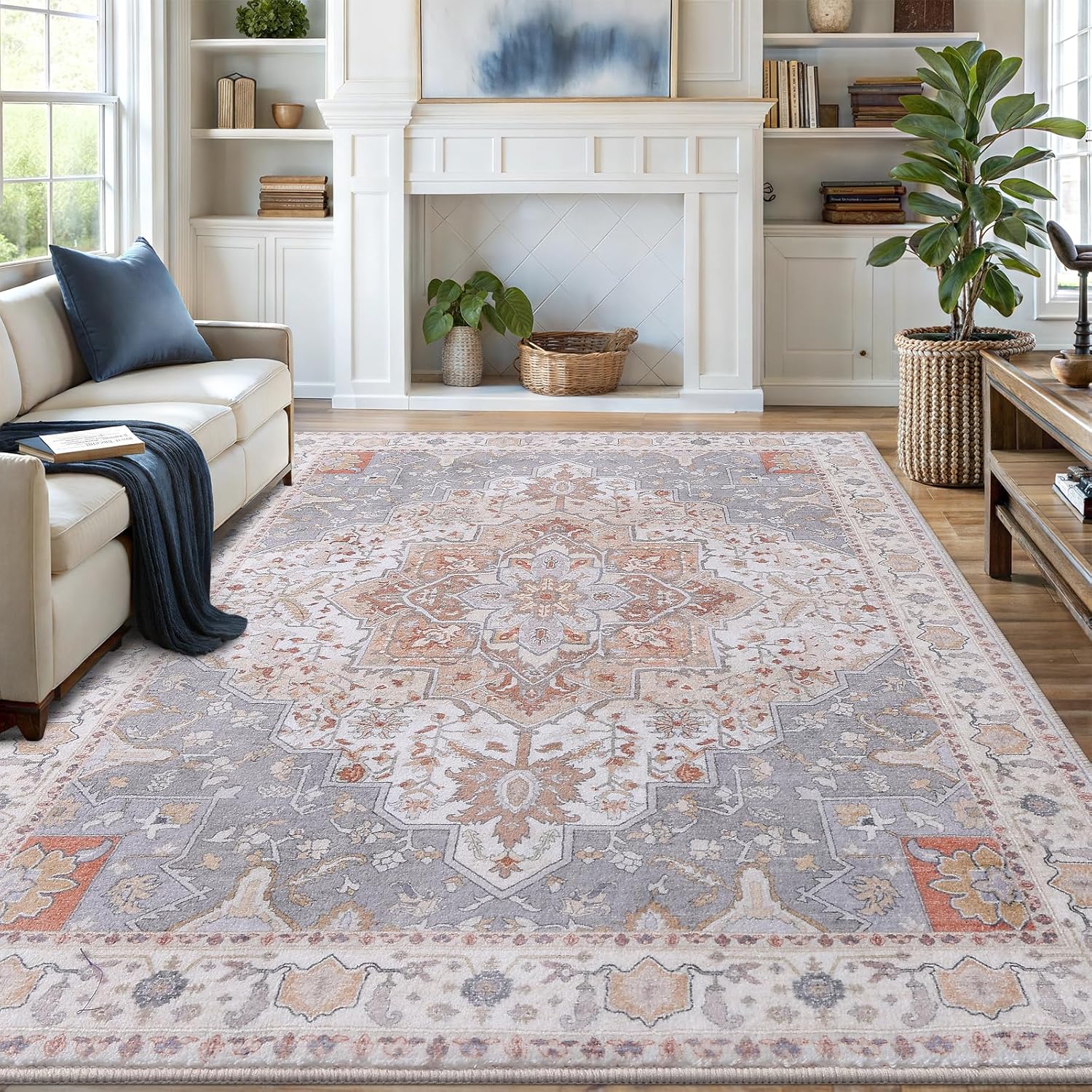Use a vacuum with a hose attachment, blot stains with a cloth, and apply a carpet cleaner for effective spot cleaning.
Accidents happen, but with the right spot cleaning techniques, you can keep your carpets looking fresh between deep cleanings. Vacuuming plays a crucial role in effective spot treatment when combined with proper stain removal methods.

Understanding Spot Cleaning vs. Deep Cleaning
Spot cleaning targets specific stains immediately after they occur, while deep cleaning involves treating the entire carpet. The key difference is scope and frequency:
- Spot cleaning addresses fresh spills and localized stains
- Deep cleaning removes embedded dirt and refreshes the entire carpet
- Spot cleaning should be done as needed, deep cleaning 1-2 times annually
When Spot Cleaning Works Best
Spot cleaning is most effective for:
| Stain Type | Best Treatment Window |
|---|---|
| Food spills | Within 30 minutes |
| Pet accidents | Immediately |
| Mud/dirt | After drying completely |

Essential Tools for Vacuum-Assisted Spot Cleaning
Having the right equipment makes spot cleaning more effective:
Vacuum Attachments
- Crevice tool for edges and corners
- Upholstery brush for delicate fibers
- Motorized brush for ground-in dirt
For tough jobs, consider a vacuum and carpet cleaner combo that can handle both dry and wet cleaning.
Cleaning Solutions
Choose cleaners based on your carpet type:
- Wool carpets: pH-neutral cleaners
- Synthetic fibers: oxygen-based cleaners
- Delicate rugs: organic cleaning solutions
Step-by-Step Vacuum Spot Cleaning Process
1. Initial Stain Treatment
Blot (don’t rub) fresh spills with a clean white cloth. For dried stains, gently scrape off solids before vacuuming.
2. Vacuum Preparation
Use your vacuum’s appropriate attachment based on the stain location and carpet type. Empty the canister or replace the bag for maximum suction.
3. Vacuuming Technique
Work in multiple directions over the stain:
- First pass: North-south strokes
- Second pass: East-west strokes
- Final pass: Diagonal pattern
4. Post-Vacuum Treatment
After vacuuming, apply a small amount of appropriate cleaner and blot. Finish with a final vacuum pass once dry.
Special Considerations for Different Carpet Types
Wool Carpets
Use vacuum attachments without beater bars to prevent fiber damage. The Carpet and Rug Institute recommends gentle suction for natural fibers.
Synthetic Fibers
Most synthetic carpets can handle motorized brush attachments for better soil removal.
High-Pile Carpets
Adjust your vacuum’s height setting and use slow, deliberate strokes to effectively clean deep fibers.
Common Spot Cleaning Mistakes to Avoid
- Rubbing stains (pushes them deeper)
- Using excessive water (can cause wicking)
- Applying heat (sets stains permanently)
- Using wrong cleaners (may discolor fibers)
When to Call Professionals
Some situations require professional help:

Vanmoos 6×9 Machine-Washable Area Rug — Artistic Flair / Beige
Low-pile, non-slip rug that minimizes pet hair collection and makes quick cleanup part of your routine.
Affiliate link — may earn a commission at no extra cost to you.
- Large or old stains
- Ink or dye spills
- Persistent odors
- Delicate antique rugs
For pet owners dealing with stubborn odors, consider a specialized deodorizing spray between professional cleanings.
Maintaining Clean Carpets Between Spots
Preventative measures reduce spot cleaning needs:
- Vacuum high-traffic areas 2-3 times weekly
- Use entryway mats to trap dirt
- Establish no-shoe policies
- Address spills immediately
Regular maintenance with proper vacuuming techniques keeps carpets looking their best and extends their lifespan significantly.
